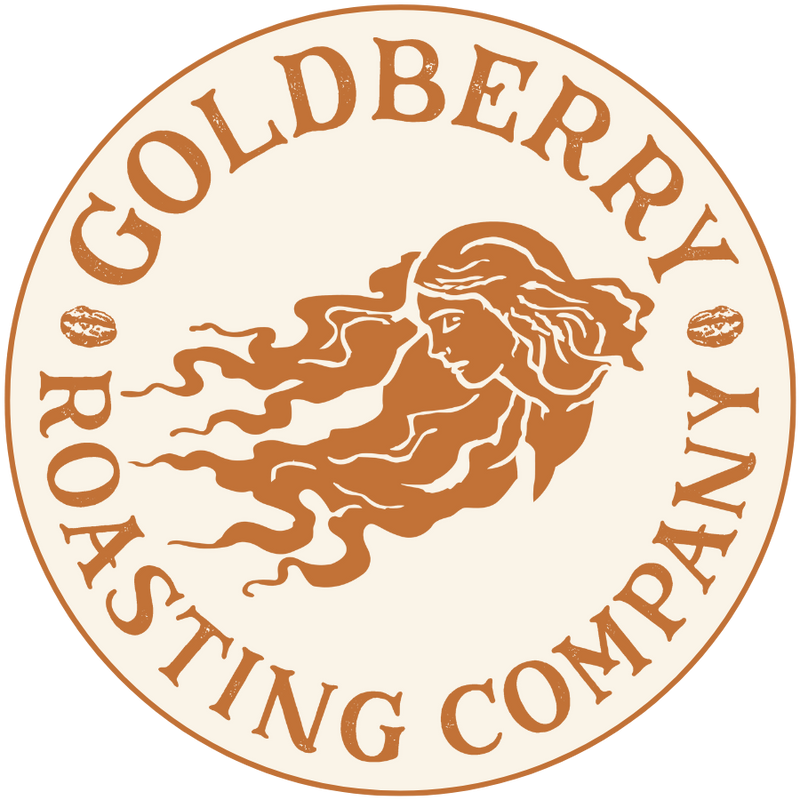A Beginner’s Guide to Coffee Processing Methods
Posted on October 17 2025,

When most people think about what makes a great cup of coffee, they picture the roast level, the brew method, or maybe the origin. But there’s another critical step that happens before roasting—and it plays a major role in your coffee’s final flavor: coffee processing methods.
At Goldberry Roasting Company, we believe that understanding how your coffee is processed deepens your appreciation for every cup. In this beginner’s guide, we’ll walk you through the most common coffee processing methods, how they work, and how each one influences the taste in your mug.
What Is Coffee Processing?
Coffee processing refers to how the fruit of the coffee cherry is removed from the beans after harvesting. Since coffee beans are actually seeds inside a fleshy cherry, the outer layers must be removed before drying, roasting, and brewing can happen.
The way this is done affects:
-
Fermentation time
-
Moisture levels
-
Drying speed
-
Flavor profile
Different farms, regions, and climates use different processing methods—often dictated by tradition, available resources, or the desired flavor outcome.
The Most Common Coffee Processing Methods
1. Washed (Wet) Process
Overview:
In the washed process, the coffee cherries are depulped (removing skin and fruit), then fermented in water tanks to remove the sticky mucilage. After fermentation, the beans are washed and dried.
Flavor Profile:
-
Clean, crisp, and bright
-
Clear acidity and floral or citrus notes
-
Easier to taste the bean’s origin
Best For:
Fans of clarity, complexity, and lighter roast styles. Common in Ethiopia, Kenya, Colombia, and other high-elevation regions.
Goldberry Insight:
We often roast washed coffees to highlight their origin-driven clarity—perfect for pour overs and slow sips.
2. Natural (Dry) Process
Overview:
In the natural process, coffee cherries are dried whole, with the skin and fruit still intact. After drying, the shriveled fruit is mechanically removed.
Flavor Profile:
-
Fruity, bold, and sometimes funky
-
Heavier body with wine-like or jammy notes
-
Less clarity, more sweetness and depth
Best For:
Drinkers who enjoy adventurous, fruity coffees. Common in Ethiopia, Brazil, and Guatemala in arid regions.
Goldberry Insight:
Natural-processed coffees bring wild energy to the cup. We love them for cold brew or vibrant espresso blends.
3. Honey (Pulped Natural) Process
Overview:
A hybrid method where the skin is removed but the mucilage remains during drying. The sticky layer dries onto the bean, influencing flavor and texture.
Flavor Profile:
-
Balanced body and sweetness
-
Mild fruitiness and softer acidity
-
More complexity than washed, cleaner than natural
Best For:
Anyone who wants the best of both worlds. Popular in Costa Rica, El Salvador, and Honduras.
Goldberry Insight:
We love honey-processed coffees for their syrupy mouthfeel and caramelized sweetness—great for French press or drip.
4. Wet-Hulled (Giling Basah)
Overview:
Used mainly in Indonesia, this method involves partial drying, hulling at high moisture content, and finishing the drying afterward.
Flavor Profile:
-
Earthy, deep, and full-bodied
-
Herbal or spicy notes
-
Low acidity, bold structure
Best For:
Those who like bold, rustic cups—excellent in blends or dark roasts.
Goldberry Insight:
Our Sumatran offerings often use wet-hulling, delivering a deep and grounding flavor for lovers of traditional, rich coffee.
Why Processing Methods Matter
Your coffee processing method affects everything from sweetness and body to acidity and complexity. Understanding the process helps you:
-
Choose coffees that match your taste preferences
-
Explore new flavor profiles with confidence
-
Appreciate the craft and care behind each cup
When you read tasting notes or origin cards, pay attention to the processing method—it’s just as important as region or roast level.
How to Choose Based on Processing
| If you like... | Try this method: |
|---|---|
| Bright, citrusy, floral notes | Washed |
| Sweet, fruity, winey flavors | Natural |
| Balanced, caramel, smooth | Honey |
| Bold, earthy, spicy | Wet-Hulled |
Goldberry's Approach to Processing Methods
At Goldberry Roasting Company, we source coffees with a wide range of processing styles—from crisp washed Ethiopians to syrupy honey-processed Central Americans. We roast each coffee to highlight the natural result of its process, never masking it, always enhancing it.
We also provide detailed roast notes and processing info on our product pages, so you can choose based on flavor—not guesswork.
Want to taste the difference yourself?
Browse our curated selection of single-origin coffees at goldberryroasting.com, and discover how coffee processing methods bring each bean’s personality to life.
Curious about other origin factors? Read our article on What Makes Single-Origin Coffee So Unique and deepen your appreciation for every brew.
